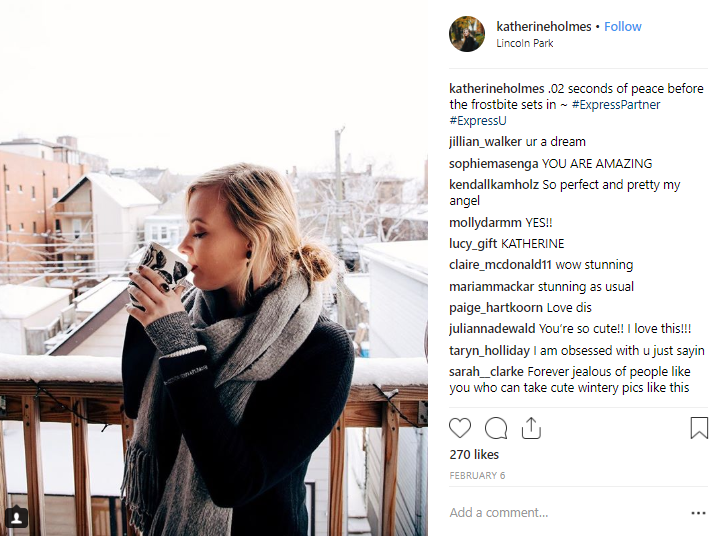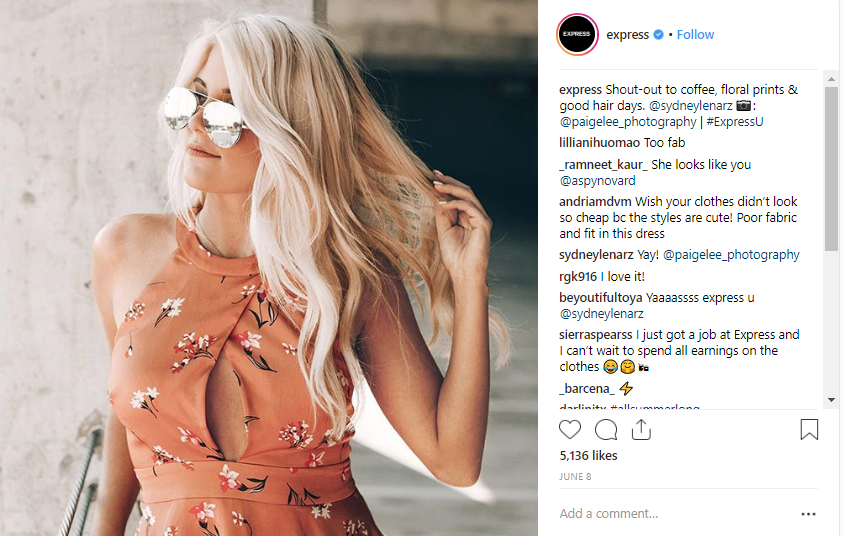TikTok has dominated the social media scene, quickly establishing its spot as the 7th most used social media platform. While Gen-Z dominates the user demographics, Millennials, Gen-X, Boomers aren’t far behind. Many companies have flocked to the app, posting organically and putting ad money behind sponsored posts and hashtags. As your company considers establishing a presence on TikTok, let’s look at one highly effective way to show up: utilizing influencers.
Company TikToks
The meteoric rise of TikTok has led many companies to expand their digital presence to the app. You can find everyone from mega-corporations to small and fledgling businesses carving out a space for their brand. Some of the most popular content includes new product reveals, behind-the-scenes into production processes, team introductions, and fan features. TikTok has been hammering it into brands to create TikToks, not ads. Rachel Karten explored why certain companies are creating an impression on the platform and found that the brands that are succeeding are treating their TikTok accounts as a creative, experimental platform with a personality that extends beyond branding.
Many companies find the delicate balance of content that best encapsulates this phrase, playing off tried and true content strategies from platforms like Instagram and Snapchat. Others are expanding their range with experimental content and interactive approaches while leveraging influencers in new ways.
Influencers and TikTok
Instagram has long been considered the influencer-driven social platform, and TikTok is completely rewriting the rules. Its unique algorithm has given rise to unlikely influencers, breaking the mold of what many would expect an influencer to look like and behave. These influencers have audiences that range from tens of followers to millions, providing more opportunities for nano- and micro-influencers to flourish. Influencer programs are also looking very different on the app, with fans becoming accidental influencers through a mix of TikTok’s enigmatic algorithm and the ability to easily create content that resonates.
Who is Doing it?
We’ve seen some impressive and inventive influencer programs emerge on the app, and YMC has had the privilege of working on a few hugely successful campaigns for great brand partners.
Kate Spade New York has seen a lot of success utilizing influencers on the platform with their #KateSpadeNYHappyDance campaign, earning them millions of views, engagements and putting new faces to an iconic brand.
Polo Ralph Lauren’s #PoloU TikTok campaign has captured the attention of young audiences, showcasing their newest lines. As the official outfitter of the United States Olympic team and their deep ties to the sports community, Ralph Lauren has been able to use its influencer network to tie into major sports events, like the 2020 Tokyo Olympic games, the US Open, and more.
@dawit.hailu So excited to be a @RalphLauren #PoloU Ambassador! Make sure you tap the link in my IG bio and stay tuned for more! #PoloSport #Ad #fyp #foryou
Aerie has had an explosive launch on TikTok, gaining a loyal following within two weeks. Aerie launched the #AerieRealPositivity hashtag challenge following their account creation, with mega-influencer Charli D’Amelio kicking off the campaign. The brand capitalized on a loyal following from other platforms, using a mix of well-established and emerging influencers, which showcased their inclusive brand values with real, authentic people.
@charlidamelio share what you’re doing to stay positive right now by tagging @aerie and #aerierealpositivity #ad
How Can You Do It?
The first step is recruiting the right influencers. If you don’t have existing relationships or the ability to recruit from your own community, finding the right partner will be key to your campaign’s success. Defining the criteria of who makes a perfect influencer for your brand and campaign goals is vitally important, as these consumers will become the face of your brand to their peers. You’ll also want to ensure they represent your brand’s core values and that their interests and passions align with the products or services you’re featuring so that the content they produce is more authentic to their followers.
While mega- and macro-influencers have millions of followers, often, their engagement is very low. Additionally, TikTok provides an incredibly unique opportunity for micro- and nano-influencers to achieve equal reach. Long story short, never discount the potential of creators with smaller followings. There is a ____-Tok for every niche out there, and each user has their own ability to speak to their selected audience. Expand the breadth of your influencer program to include those that do not fit the mold of what you think a typical influencer is. Ensure that you are prioritizing diversity and inclusivity in your campaign. Consumers take notice of who you select to represent your brand.
What Are They Creating?
Building campaigns that allow your influencers creative freedom is vital to ensure that they can present your brand in the most authentic way possible. Providing them flexibility in the time and day they post is also crucial, as they know when their audience is typically the most engaged. Hill House Home is an excellent example of a brand with an influencer program that gives its influencers freedom to create the content they want, which sends a message that the brand supports the influencers beyond a business transaction. TikTok’s audience responds very well to sponsored content as long as it reflects the established personality of the creator, as opposed to a script from a brand.
How can YMC help?
If you’re interested in building out your influencer program on TikTok and other social media platforms, we’re here to help. At YMC, we specialize in connecting brands with Gen-Z and Millennial consumers, and we’d be happy to share our wealth of knowledge with you. Contact us today!




